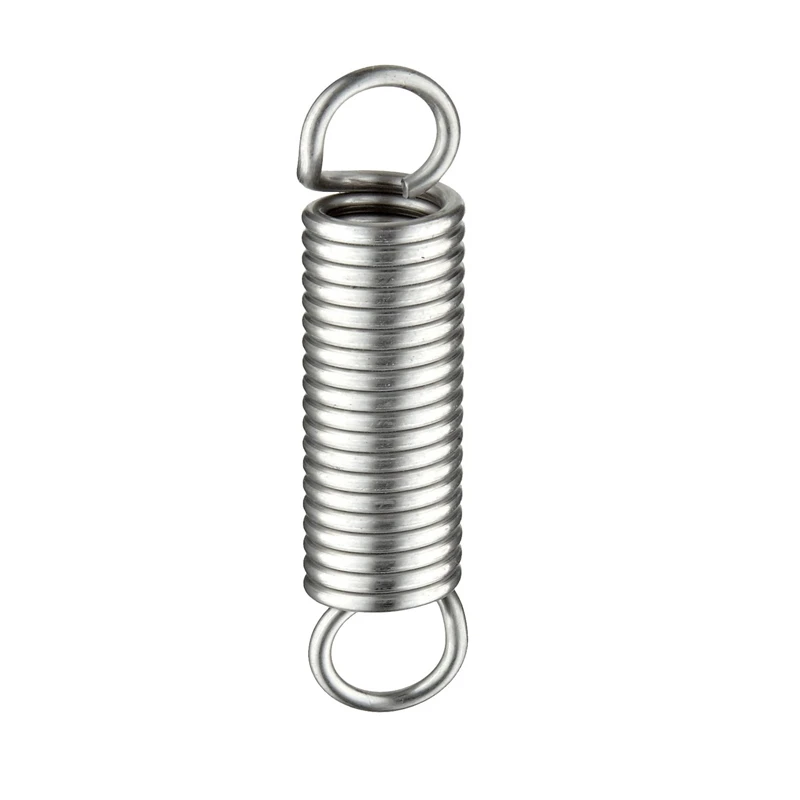
- Mobile Phone
- +8613931874955
- sales@cntcmetal.com
Design and Applications of Steel Torsion Springs for Mechanical Engineering Solutions
Understanding Steel Torsion Springs Design, Function, and Applications
Steel torsion springs are a type of mechanical component specifically designed to store and release energy through twisting. These springs operate under the principle of torsion, which refers to the rotational movement around an axis. Typically made from high-carbon steel or stainless steel, torsion springs exhibit exceptional resilience and endurance, making them crucial in numerous applications across various industries.
Design and Function
The fundamental design of a torsion spring consists of a coiled rod or wire, which is fixed at one end and allows for rotational movement at the other. When torque is applied to the free end, the spring twists and stores potential energy. Upon release, this energy is transformed into kinetic energy, allowing the spring to return to its original position. This mechanism makes torsion springs ideal for applications where controlled rotational force is required.
Torsion springs come in various forms, including double-body, single-body, and constant torque designs. The choice of design depends on the specific requirements of the application, including load capacity, space constraints, and rotational angle. Engineers often customize torsion springs by adjusting parameters such as wire diameter, coil diameter, and number of active coils to achieve the desired torque and fatigue life.
Applications
Torsion springs are ubiquitous in both household products and industrial machinery. In everyday life, these springs can be found in devices such as clothespins, window shades, and various types of hinges. For instance, in a clothespin, the torsion spring provides a clamping force, ensuring that clothes stay securely attached while drying.
steel torsion spring

In industrial applications, torsion springs are essential components in mechanisms requiring precise control of rotational movement. They are commonly used in automotive door latches, garage doors, and conveyor systems. Their ability to exert consistent torque over time makes them ideal for applications where reliability and durability are paramount.
Moreover, advancements in materials and manufacturing processes have led to the development of specialized torsion springs designed for high-performance applications. For example, aerospace components often require springs that can withstand extreme temperatures and stresses without compromising functionality. As a response, manufacturers have begun using advanced materials such as titanium alloys and composite materials to enhance the performance characteristics of torsion springs.
Benefits of Steel Torsion Springs
One of the primary advantages of using steel torsion springs is their high strength-to-weight ratio. Steel springs can handle significant loads while remaining lightweight, which is essential in applications where weight is a critical factor. Additionally, steel torsion springs offer excellent fatigue resistance, allowing them to maintain performance over many cycles without failure.
The versatility of steel torsion springs also cannot be overstated. They can be manufactured in a wide range of sizes and configurations, making them suitable for nearly any mechanical design. This adaptability enables engineers to incorporate these springs into a vast array of products, from delicate consumer electronics to heavy-duty industrial machines.
Conclusion
In conclusion, steel torsion springs play a vital role in the functionality of countless devices and systems. Their unique ability to store and release energy through twisting motions makes them indispensable in various applications. As technology continues to advance, the engineering of torsion springs is expected to evolve, further enhancing their performance and expanding their use across new sectors. Whether in a simple clothespin or a complex machine, the significance of steel torsion springs is undeniable, representing a blend of engineering precision and practical utility.
share:
-
Why Sacrificial Formwork Is Redefining Underground ConstructionNewsJun.06,2025
-
The Structural Dynamics of Modern Concrete: How Snake Spacers Revolutionize Flexible ReinforcementNewsJun.06,2025
-
Snake Spacers Smart-Lock Concrete Reinforcement with Surgical PrecisionNewsJun.06,2025
-
Snake Spacers: Reinforcement Precision for Modern Concrete ProjectsNewsJun.06,2025
-
Snake Spacers Powering Concrete's Structural DNANewsJun.06,2025
-
Slither into Success: Snake Spacers' Precision Bite for Unbreakable ReinforcementNewsJun.06,2025
-
Sacrificial Formwork: Building Stronger, Faster, and Safer StructuresNewsJun.06,2025



















